Boba tea in Wisconsin: How the colorful Asian drink is growing in popularity and creating a chance for cultural awareness
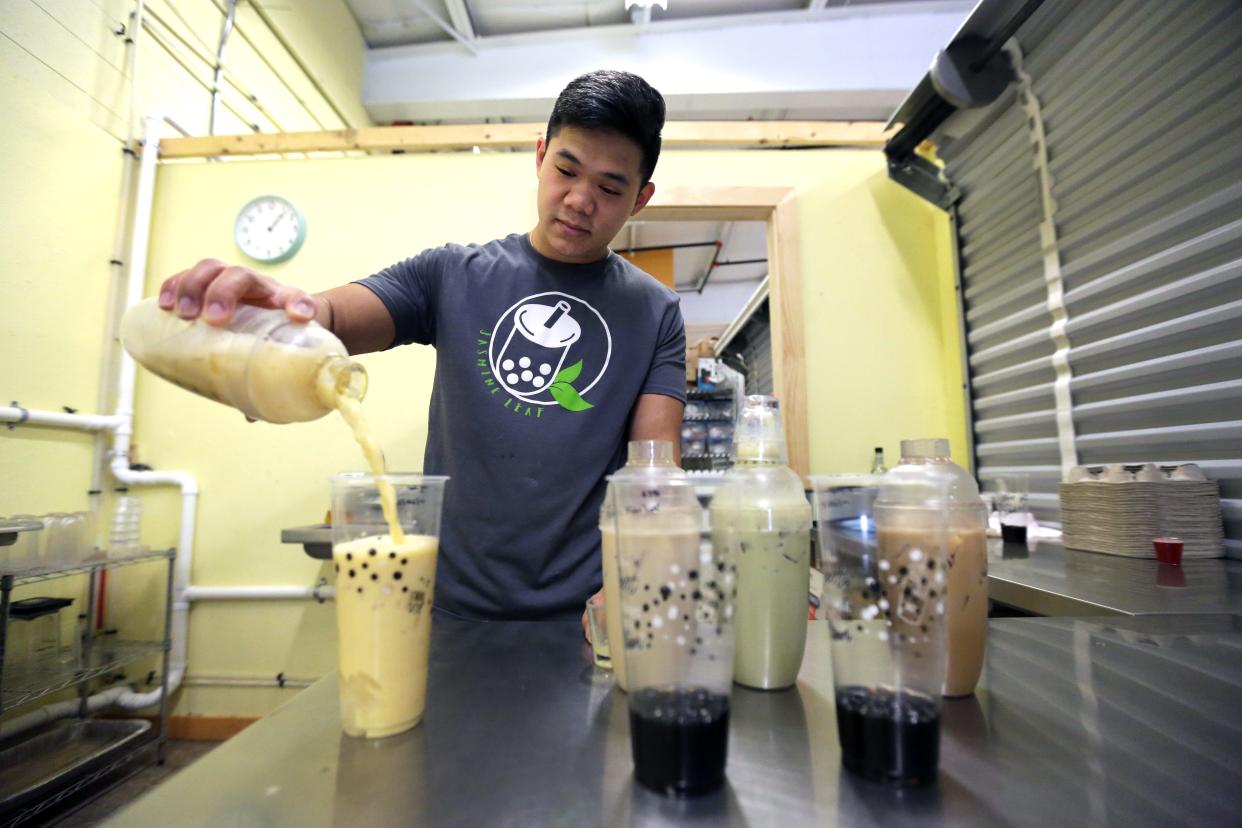
Bubble tea shops seem to be popping up throughout northeastern Wisconsin, with many opening within the past five years.
The drink has evolved and grown in popularity across the U.S. since becoming popular largely in southwest Taiwan in the 1980s.
So, what exactly is bubble tea? How did it emerge across the country? Why has it become so popular in the state? Read on for the answers.
Bubble tea offers expansive variety
Bubble tea, also boba or milk tea, is a milk- or tea-based drink with tapioca pearls at the bottom. Some are made with powder, syrup or brewed tea. Variations include smoothies, lemonades and tea.
The flavors, types of bases and tapioca styles run the gamut.
Some shops, like Jasmine Leaf in Appleton, opt for traditional boba drinks with daily brewed tea. Among the milk, fruit and lemonade teas, owner Kevin Nguyen said jasmine green tea is most popular.
Nguyen said he was influenced by the bubble tea shops he went to when living in Houston and wanted to bring the traditional style to the Appleton area.
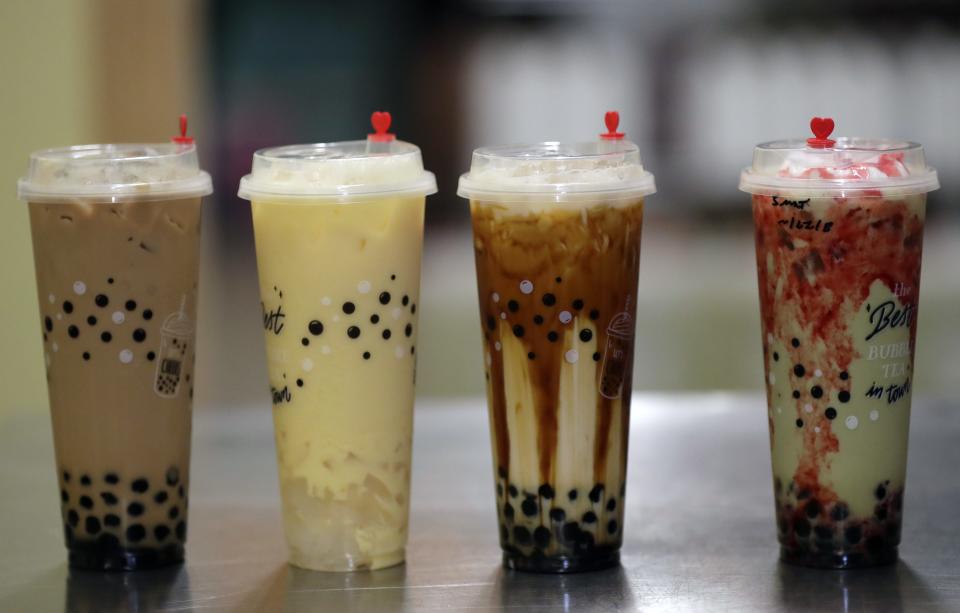
Other shops, like Sheboygan’s Bestea, also offer milk- or tea-based freezes, which is a blended drink.
Bestea owner Lina Yang also added several drinks since opening in March, like peach butterfly tea — made with butterfly pea powder that is harvested from purple flowers. When brewed and added in drinks, it becomes more indigo.
There's an art to making bubble tea, Jim Lee, Hmong Wisconsin Chamber of Commerce marketing manager, said.
“I love it because they are experimenting, and pretty much there's no blueprint. They're just trying things out,” he said.
Yang said she gets inspiration from other bubble tea shops but primarily plays with different flavors and styles.
“Being able to sell something that I crafted was something I always wanted to do,” Yang said, who was able to make the shop her full-time gig in less than six months.
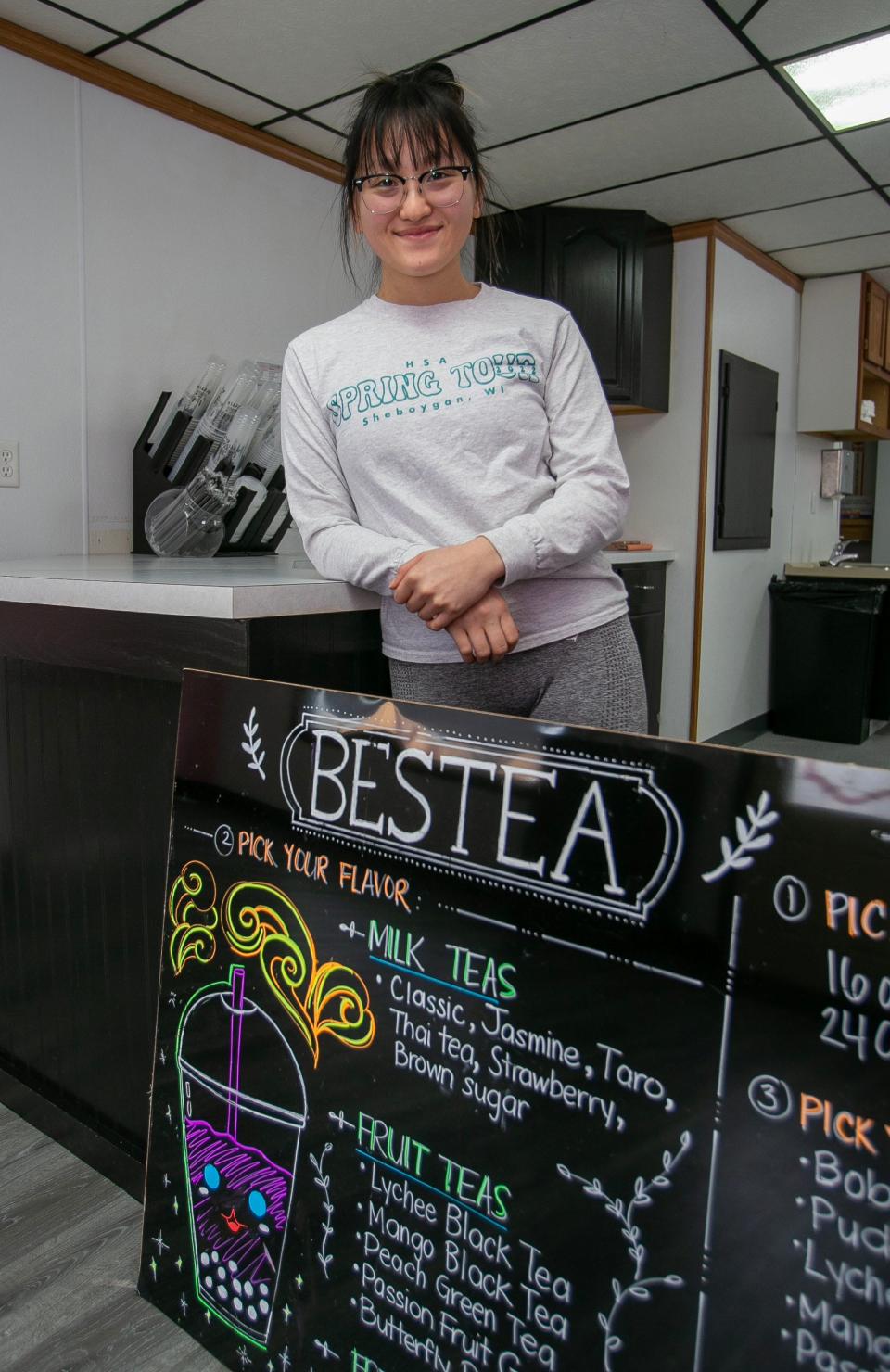
Nguyen and Yang both spoke to their love for bubble tea developed over many years as a reason they wanted to open their own shops.
Nguyen, formerly a bank teller and car salesman, was encouraged by his wife to open a bubble tea business because they couldn’t find a place in Appleton to satisfy their “bubble tea fix."
They wanted to give people a place to get bubble tea having similar cravings or "just wanted that Taiwanese milk tea around the area that wasn't at the time available,” he said.
Nguyen sold bubble tea at some festivals in 2019 and was able to open a storefront in 2020.
Native American gravesites: Native American gravesites discovered under church parking lot in northern Wisconsin
Shops seem to be popping up across the state. Why?
To highlight Wisconsin’s bubble tea community, Lee is leading a “Boba Streets” social media project. The HWCC marketing team visits shops across the state and tries different bubble tea drinks. The goal is to increase community engagement and business promotion.
Lee said the marketing team identified more than 40 across the state so far, a lot concentrated near Green Bay, Eau Claire, Madison and Milwaukee.
Several Green Bay-area shops that opened recently include Pink Guava, Q-Tea Premium Tea House and Boba Bae.
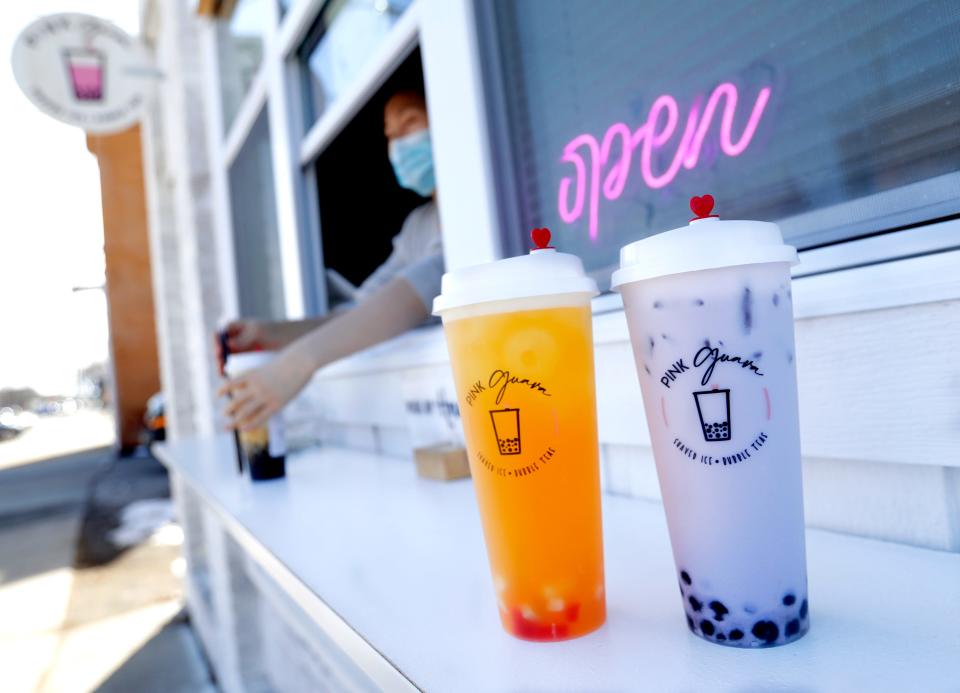
Nguyen has seen bubble tea businesses grow in Appleton, too, since he moved there in 2019.
Boba House & Coffee, Uni Uni Bubble Tea and Bubblelicious Milk Tea & Fruit Tea opened within the past two years.
Nguyen said a growing bubble tea community is great to give younger kids the opportunity to try it, something his wife didn’t have growing up in the area.
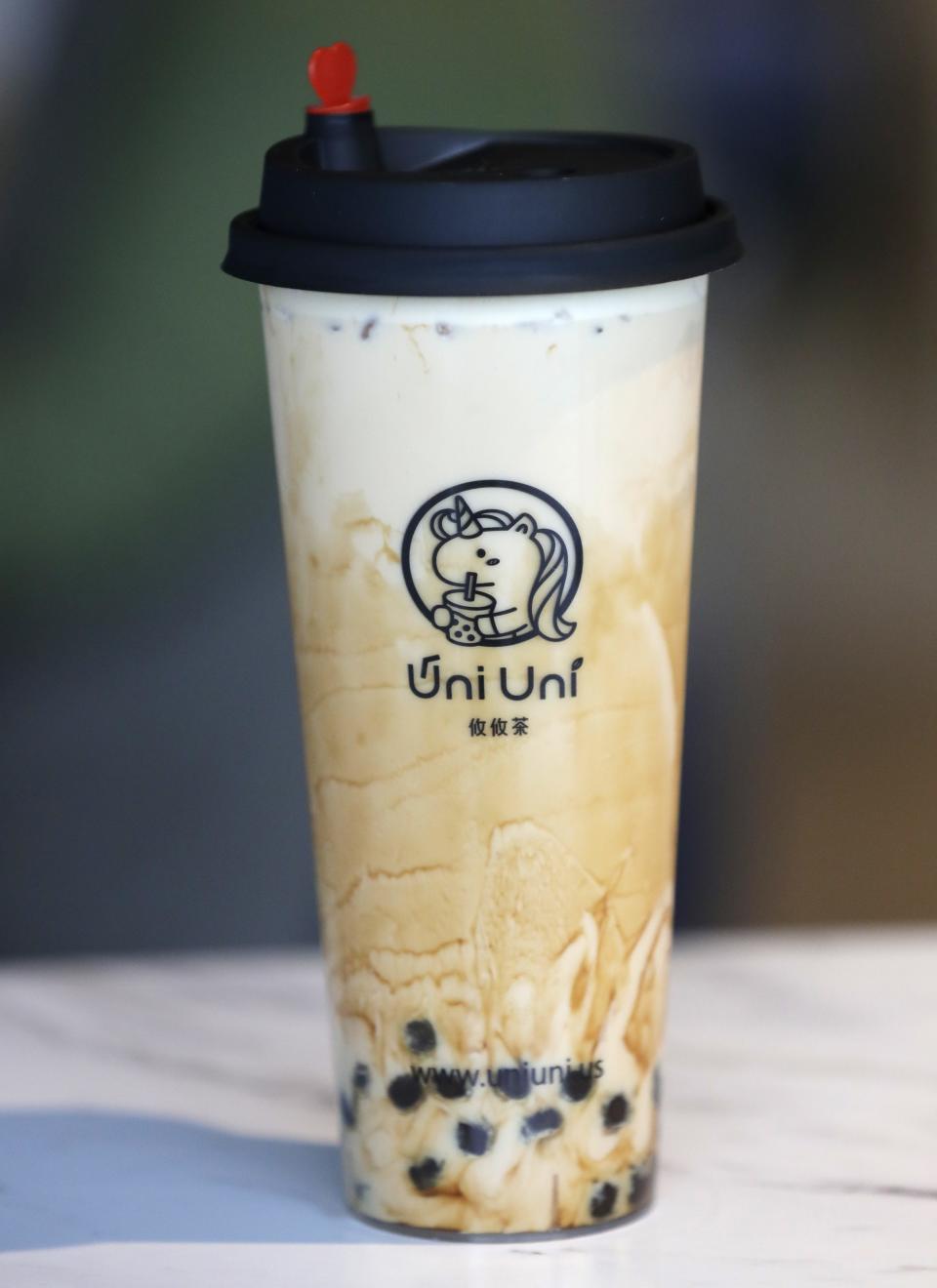
When bubble tea came to the U.S. in the 1990s, it was largely concentrated in Los Angeles’ Asian community and sold by Taiwanese immigrants.
And it looked very different than it does today.
Boba was a “sweet tea in a thick Styrofoam cup, mixed with nondairy creamer, ice and a spoonful of black tapioca pearls, which the staff kept in a bucket of syrup on the bottom shelf of a fridge,” Clarrisa Wei wrote in an 2017 LA Weekly article. “It could be found only in Taiwanese restaurants, and you had to ask for it.”
Bubble tea has evolved, moved across the U.S. and grown outside of the Taiwanese community, with owners like Yang and Nguyen, who are Hmong and Vietnamese, respectively, opening shops.
Waterfront dining: Looking for dinner and a view? Try these 11 restaurants along the Fox River in Appleton, Green Bay and Oshkosh
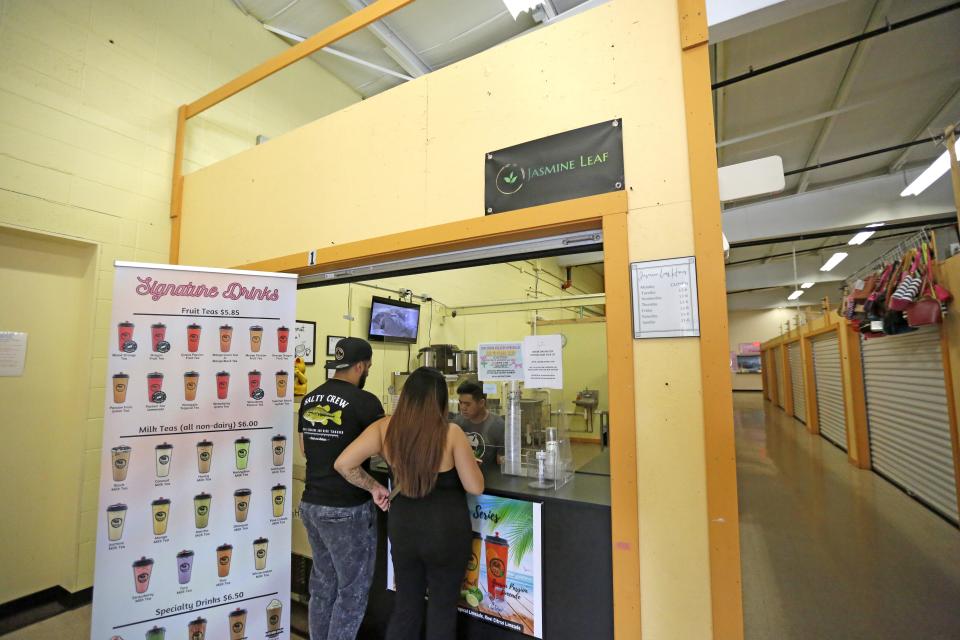
Victor Jew, a University of Wisconsin–Madison senior lecturer in the Asian American Studies department, said bubble tea is a “pan-ethnic phenomenon.”
It “speaks to a key idea in Asian American studies that you have all these different communities and histories and groups — they can find common ground, which is that pan ethnicity, that decision to identify an umbrella away as Asian American.”
This was a similar finding from a 2020 University of California-Los Angeles master’s thesis looking at the San Jose Asian community connection to bubble tea. The author found bubble tea connected young Asian Americans within the area and the modern and diverse “boba culture” in the U.S. was accessible to the “pan-ethnic Asian American” and multiracial community.
Lee said the Asian population has become more diverse since communities were first identified in the Midwest around 1870, with 19 of 24 Asian-derived communities being represented in Wisconsin.
Despite the Asian community's growth, he isn’t sure if there is a “Boba Midwest” similar to that of the strong San Jose bubble tea community, but it’s something he wants to explore with his class.
Popularity driven by social media, acceptance of Asian culture, some say
So, why is boba becoming more popular in Wisconsin?
Nguyen and Yang said social media.
Since Yang started drinking boba about eight years ago, she’s seen more people posting their drinks on social media.
Bubble tea drinks and many boba shops provide ideal photo opportunities, with bright multicolored drinks and neon halogen shop signs. Bestea has a photo area where people can take pictures with their drinks.
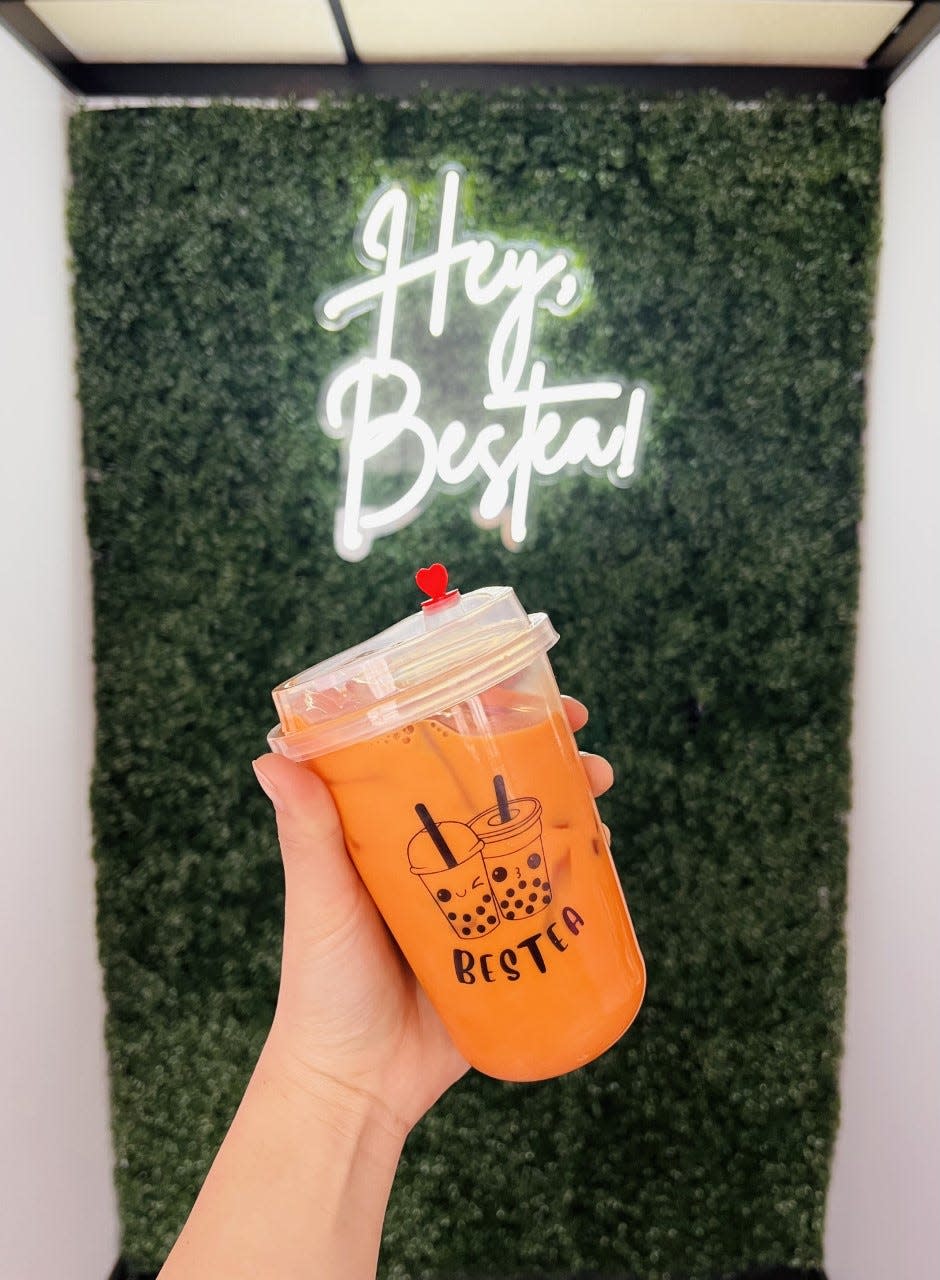
Social media has helped make bubble tea mainstream. The hashtag “bubbletea” has been tagged in 3.4 million Instagram posts and viewed in more than 7 billion videos on TikTok.
Yang added social media has made bubble tea more popular among younger people and non-Asians, as well.
“Especially among Gen Zers, I think when they see it, it looks cool. And when people drink it, it looks tasty,” Yang said.
Generation Z has been the largest driver of bubble tea demand and consumption in recent years, according to several surveys.
Nguyen added social media increases bubble tea’s visibility as another option to popular Starbucks drinks.
In addition to bubble tea’s visual intrigue, Lee brought up another layer to its popularity: cultural acceptance.
He said long-established local Asian restaurants, in addition to popularized chains like Panda Express and P.F. Chang’s, paved a path for more Asian culture to become accepted, like K-pop, anime and bubble tea.
"It was something that just the Asian community knew about, but as the Asian culture increased, influence and (became) mainstream, I think that just became part of it as well,” Lee said.
Asian cuisine has a cultural, consumptive significance
Jew, who teaches a course called “Eating Asian America" that delves into the context around Asian American cuisine, explained how Asian culture and cuisine have a long, complicated history in the U.S., often laid atop a reality of exclusion and discrimination.
During the Chinese Exclusion Act era in the late 1800s, Chinese food in particular was considered “foul” and “filthy,” Jew said, but there was an intentional shift led by Hollywood to normalize consumption of Asian culture after 1945.
More movies — like “The Teahouse of the August Moon” in 1956 and “Flower Drum Song” in 1961 — began to feature Asian settings or references.
Asia became “safe enough to consume,” Jew said. “During the Cold War, it was considered important to consume because that was part of a general Cold War soft policy and a general Cold War cultural policy to have a greater U.S. presence and influence in Asian settings.
“... And I think our recent experience of having so much Asian food consumed, whether it's Thai or Filipino American, or Chinese American, or Japanese American, Hmong American, it's a big continuation of that immediate legacy,” Jew continued.
Since then, he said Asian food seemed to be a mode of moving beyond Asian hostility. The COVID-19 pandemic proved otherwise, he continued. Consumption of Asian food decreased “considerably” as Asian Americans were blamed for the virus and hate crimes and violence rose.
“That contributed to an atmosphere of hostility,” Jew said. “And the thing is, the atmosphere of hostility was always there. It just kind of got under the ground, under the surface.”
A paradox exists — some people love Asian food and culture but are hostile toward Asian communities, Jew explained.
“Is it a portal to knowing more? Is it just something to consume?” Jew asked.
Jew said he wouldn’t be surprised if Asian food is just another consumption item for many people. But it could be a way to understanding Asian cultures.
Nguyen said he thinks Asian food, like bubble tea, can expose people to Asian culture, especially customers who’ve never had the drink.
“Bubble tea has definitely led them to a path where they do a little more research and discover more about the Asian culture,” Nguyen said. "Once they discover the Asian culture, they get to really see what other stuff is around that centers around Asian countries.”
Among fads or false discoveries of Asian cuisine, Jew said understanding its history and cultural significance, or even initiating a conversation, can be difficult for the average consumer.
“To ask the person who just wants to consume and just wants to enjoy that egg roll sitting on their table to think about something larger, like history, and a long history and invisibility now,” he said. “But I think it's possible. … Maybe we'll reach a point where people will just talk about, ‘Yeah, I'm enjoying this food, but there was a history here.”
Contact Alex Garner at 224-374-2332 or agarner@gannett.com. Follow her on Twitter at @alexx_garner.
This article originally appeared on Sheboygan Press: Boba tea in Wisconsin: What to know about the Asian bubble tea drink

